Juniper Shrubs: How To Take Care Of Junipers
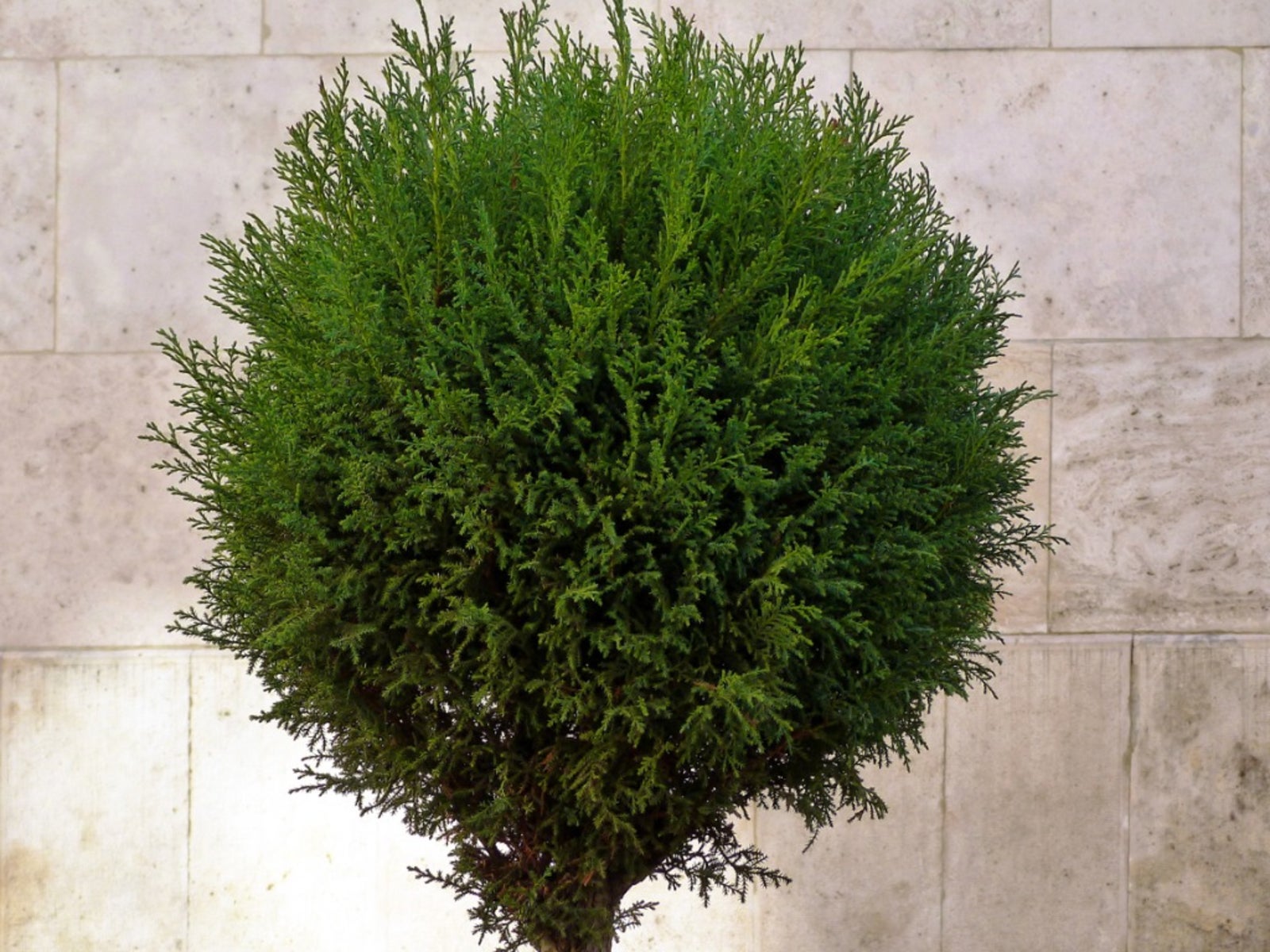

Juniper shrubs (Juniperus) provide the landscape with well defined structure and a fresh fragrance that few other shrubs can match. The care of juniper shrubbery is easy because they never need pruning to maintain their attractive shape and tolerate adverse conditions without complaint.
Anyone interested in providing habitat for wildlife should consider growing junipers. The National Wildlife Federation counts juniper shrubs as one of the top 10 plants for wildlife because they provide an abundance of food, shelter from harsh weather, and nesting sites for birds.
Juniper Info
There are more than 170 cultivated varieties of juniper, including low-growing ground cover or edging plants, shrubs, and trees. The shapes include narrow columns, tight pyramids, and rounded forms that spread as wide as their height or more.
The fragrant foliage can be either needles or overlapping scales. Some shrubs have both types of foliage because the leaves start out as needles and transition to scales as they mature. Juniper shrubs are either male or female. The male flowers provide the pollen for the female flowers, and once pollinated, the females produce berries or cones. One male shrub can provide pollen for several females.
How to Take Care of Junipers
Plant juniper shrubs in a location with full sun or light shade. When they get too much shade, the branches spread apart in an effort to let more sunlight in, and the damage to their shape can't be repaired. Junipers grow in any type of soil as long as it is well-drained.
Many types make excellent street shrubs because they tolerate the spray from road salt and other urban pollution. Plant container-grown junipers any time of year. Shrubs with balled and burlaped roots are best planted in fall. Dig the planting hole as deep as the root ball and two to three times wider.
Set the shrub in the hole so the soil line on the stem is even with the surrounding soil. Backfill with the soil removed from the hole without amendments. Press down firmly as you fill the hole to remove air pockets. Water deeply after planting and add additional soil if it settles into a depression. Water young shrubs during dry spells for the first two years.
Gardening tips, videos, info and more delivered right to your inbox!
Sign up for the Gardening Know How newsletter today and receive a free copy of our e-book "How to Grow Delicious Tomatoes".
Afterward, the shrub is drought tolerant and can make do with what nature provides. Fertilize the shrub with 10-10-10 fertilizer in spring of the year after planting and every other year thereafter.

Jackie Carroll has written over 500 articles for Gardening Know How on a wide range of topics.
-
 4 Superfast Composting Methods: Turn Waste Into Garden Gold In 30 Days Or Less
4 Superfast Composting Methods: Turn Waste Into Garden Gold In 30 Days Or LessTry the fastest composting methods to turbocharge your pile and transform kitchen scraps and garden waste into finished compost in just a few weeks.
By Mary Ellen Ellis
-
 Best Spider Plant Soil – Complete Soil Guide And Expert Tips For Keeping Plants Happy
Best Spider Plant Soil – Complete Soil Guide And Expert Tips For Keeping Plants HappySpider plants are fun and easy plants to grow, but what is the best soil for a spider plant? Selecting the right soil is important so they can thrive.
By Bonnie L. Grant
-
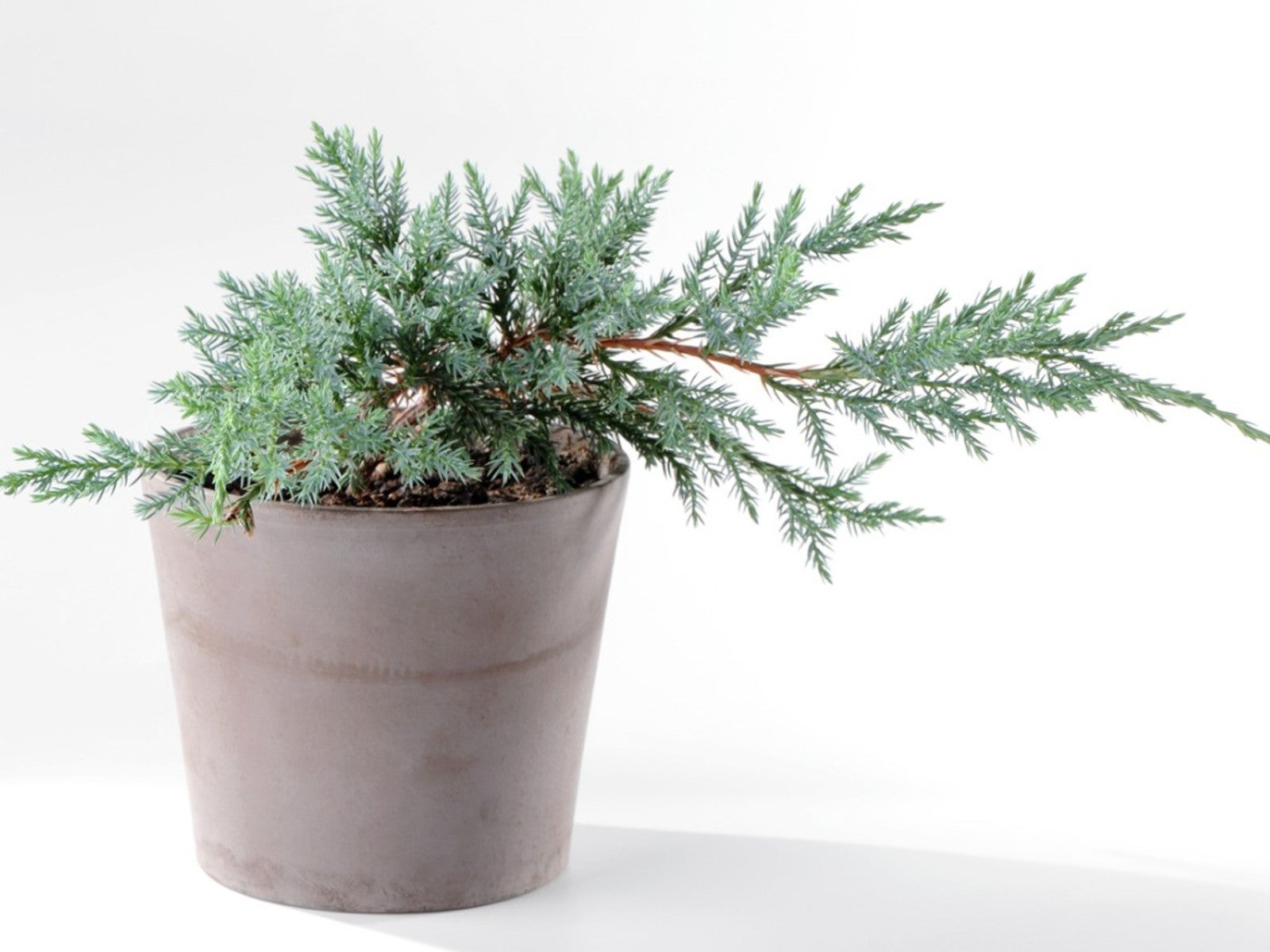 How To Grow A Potted Juniper: Caring For Juniper Trees In Containers
How To Grow A Potted Juniper: Caring For Juniper Trees In ContainersSmall juniper trees grow well in containers. Click here for information on how to care for potted junipers.
By Teo Spengler
-
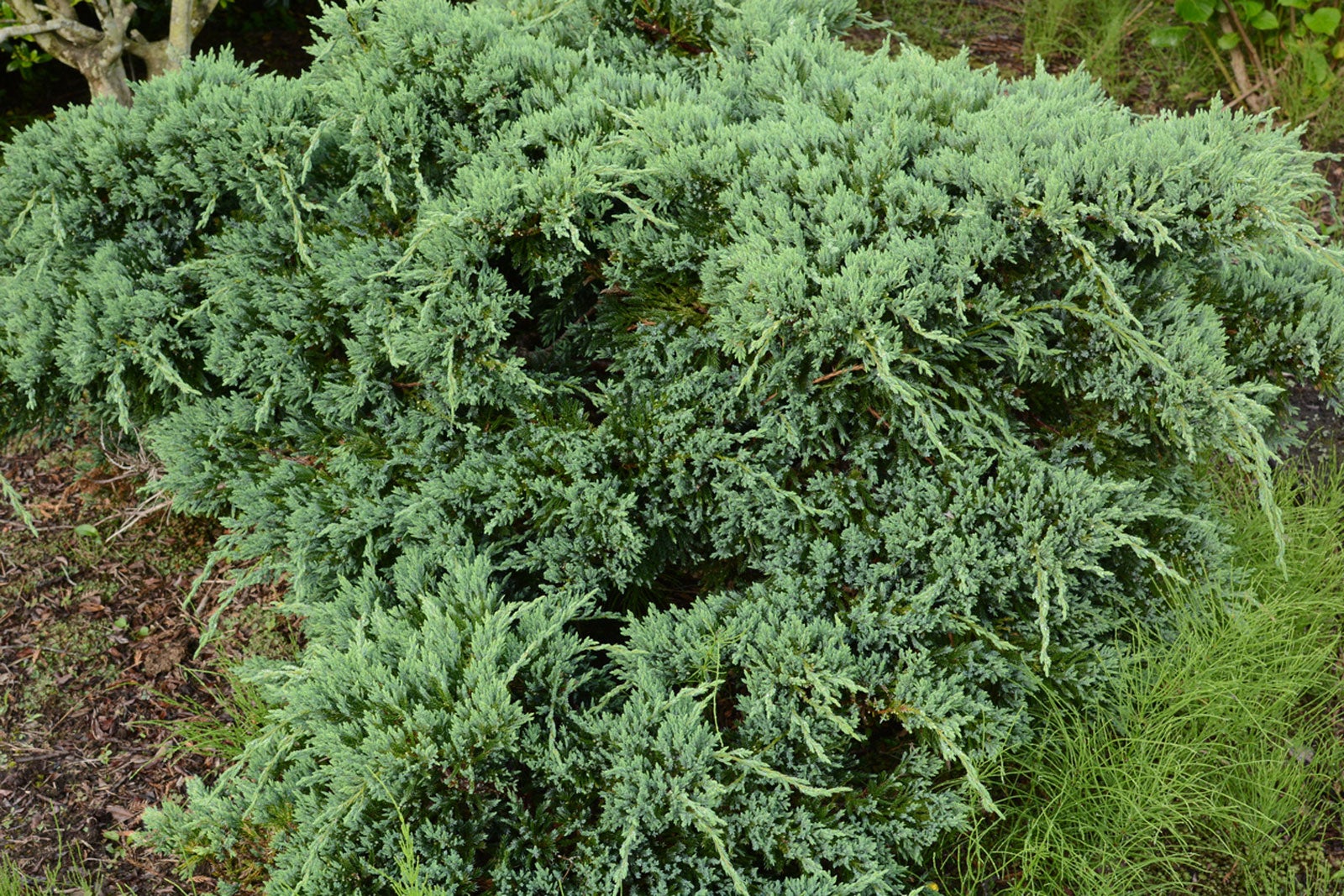 Japanese Juniper Care – How To Grow A Japanese Juniper Plant
Japanese Juniper Care – How To Grow A Japanese Juniper PlantIf you want a "set and forget" type of plant, Japanese juniper care is minimal and easy once established. For more information about this shrub of low heights and how to grow it in your garden, click the following article.
By Bonnie L. Grant
-
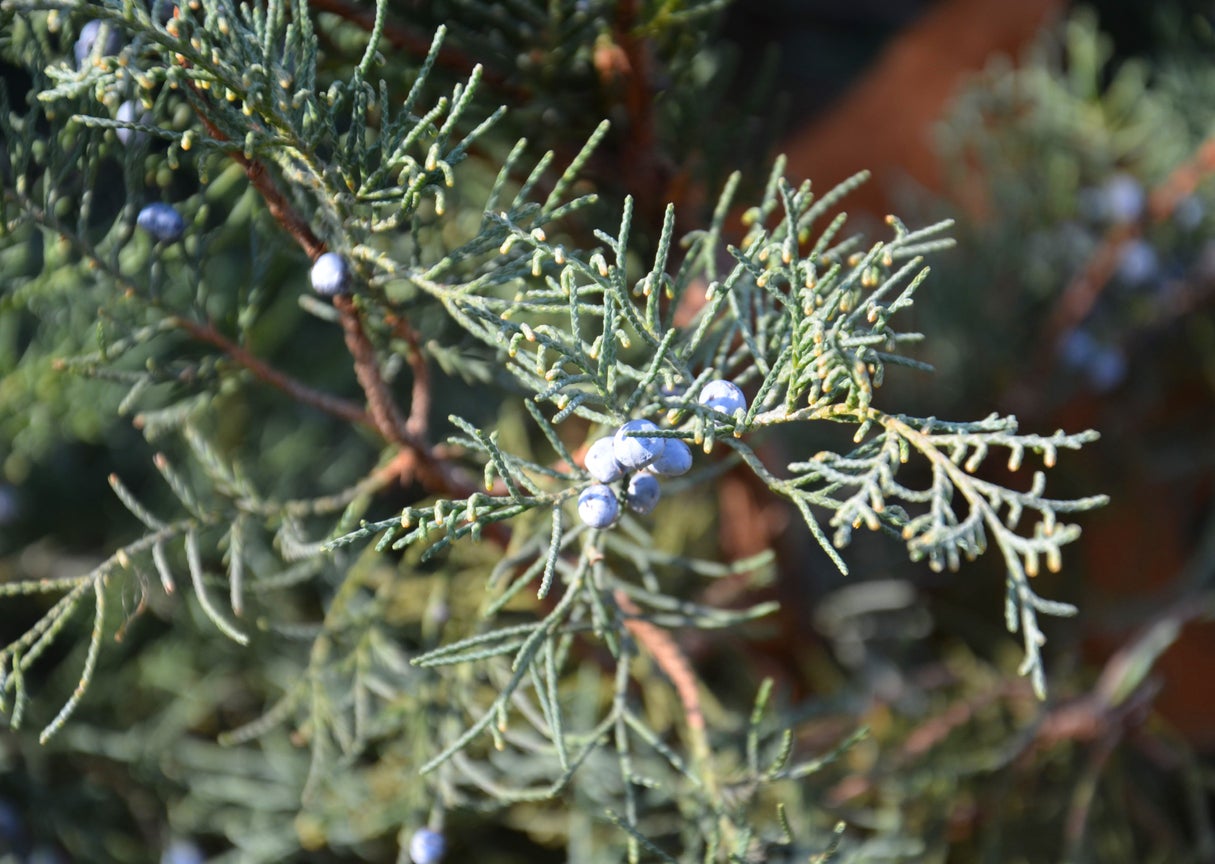 Mountain Cedar Information: Is Mountain Cedar Pollen Causing You Problems
Mountain Cedar Information: Is Mountain Cedar Pollen Causing You ProblemsMountain cedar is a tree with a common name full of contradictions. The tree is not a cedar at all, and its native range is central Texas, not known for its mountains. In fact, trees called mountain cedar are actually ashe juniper trees. Click here to learn more.
By Teo Spengler
-
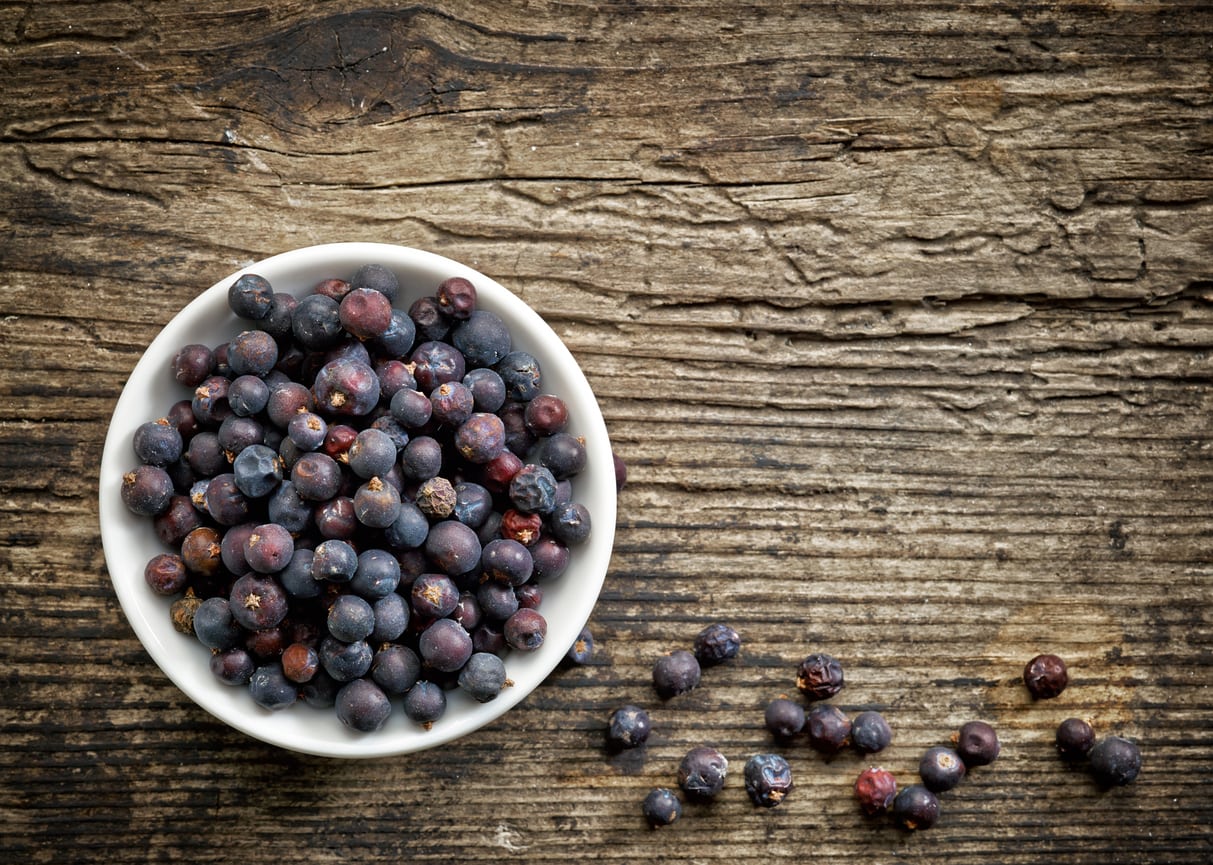 Are All Juniper Berries Edible – Is It Safe To Eat Juniper Berries
Are All Juniper Berries Edible – Is It Safe To Eat Juniper BerriesJuniper berries have been used as a strong flavoring for wine, mead, and other alcoholic beverages, as well as a spice for meats, stews, sauerkraut, and other dishes. Upon reading this, you may be wondering are all juniper berries edible? Click here for that answer.
By Darcy Larum
-
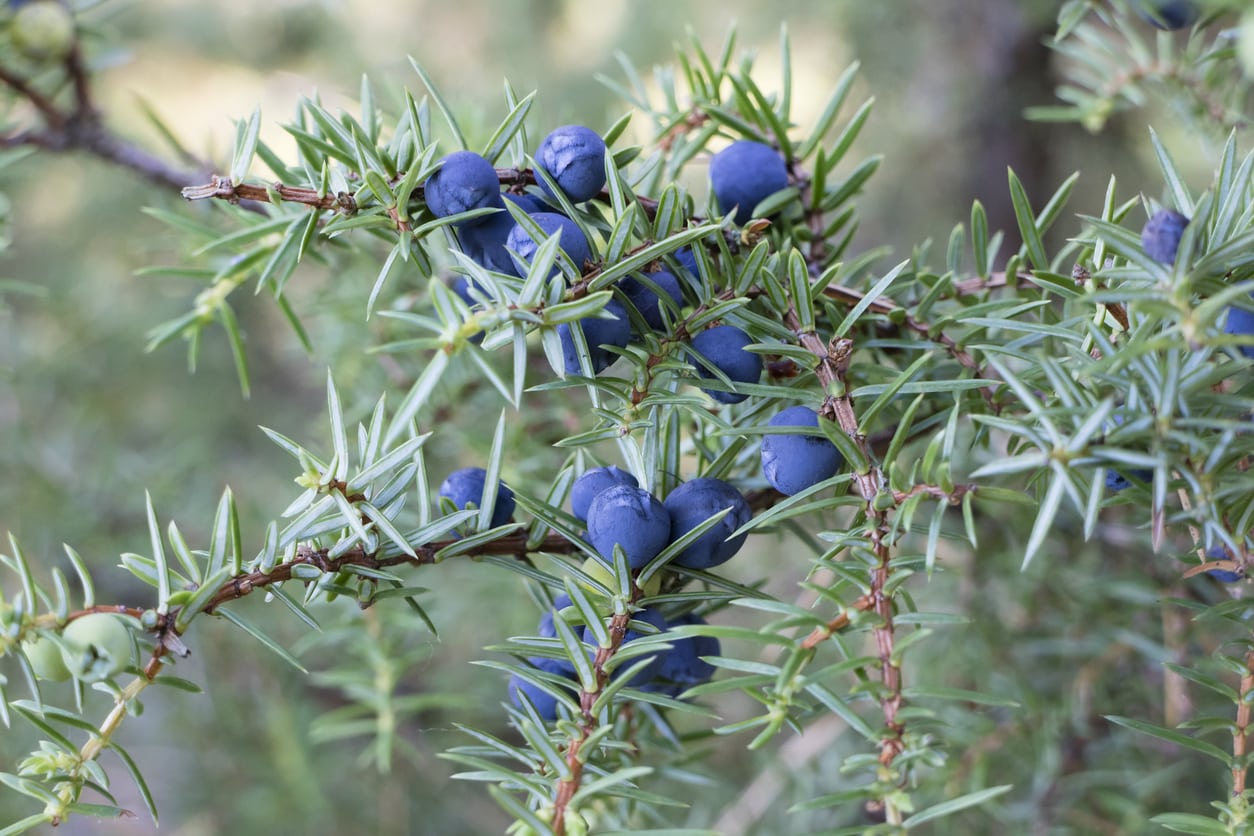 Juniper Berry Uses – What To Do With Juniper Berries
Juniper Berry Uses – What To Do With Juniper BerriesGiven that they are prolific and the fruit looks so much like a berry, the natural question is ‘can you eat juniper berries?” If so, what do you do with juniper berries? Click on the following article to find out how to use juniper berries along with some useful juniper berry recipes.
By Amy Grant
-
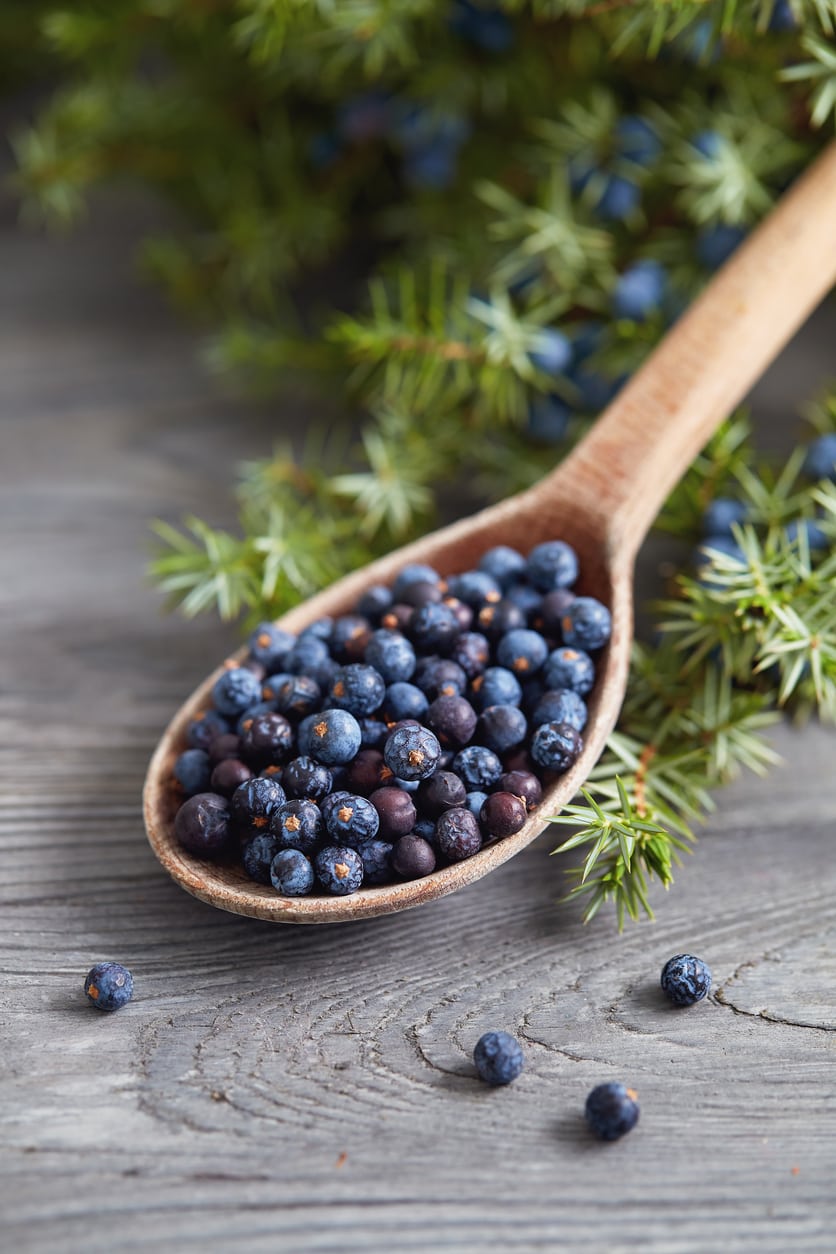 Juniper Berry Harvest Tips: How To Pick Juniper Berries
Juniper Berry Harvest Tips: How To Pick Juniper BerriesMany junipers produce berries that are toxic and inedible, but Juniperus communis berries are edible! Safe, aromatic and interesting, learn how to know which ones are safe how to harvest them.
By Bonnie L. Grant
-
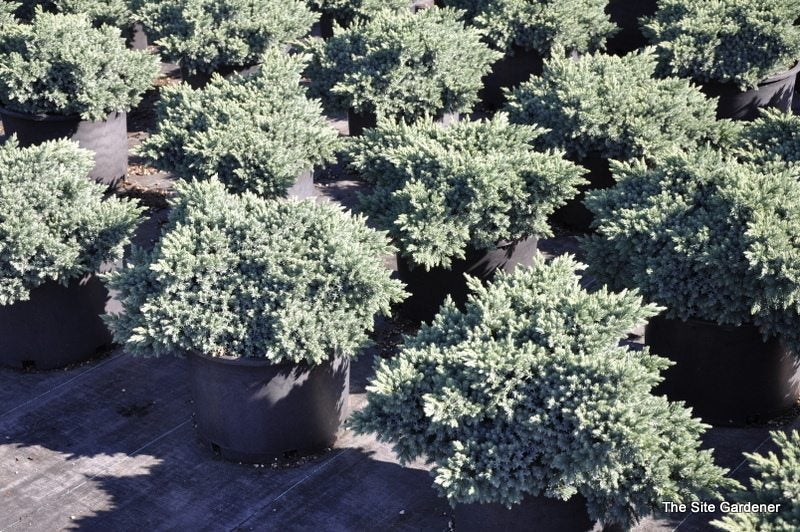 Growing Juniper ‘Blue Star’ – Learn About Blue Star Juniper Plants
Growing Juniper ‘Blue Star’ – Learn About Blue Star Juniper PlantsWith a name like "Blue Star," this juniper sounds as American as apple pie but, in fact, it is native to Afghanistan, the Himalayas, and western China. Gardeners love Blue Star for its thick, starry, blue-green foliage and its graceful rounded habit. Learn more here.
By Teo Spengler
-
 Can You Prune An Overgrown Juniper – Tips For Overgrown Juniper Pruning
Can You Prune An Overgrown Juniper – Tips For Overgrown Juniper PruningJuniper shrubs and trees are a great asset to landscaping. But sometimes, like the best things in life, they get away from us. What was once a smart shrub is now a wild, overgrown monster. So what can you do with a juniper that?s gotten out of hand? Find out here.
By Liz Baessler